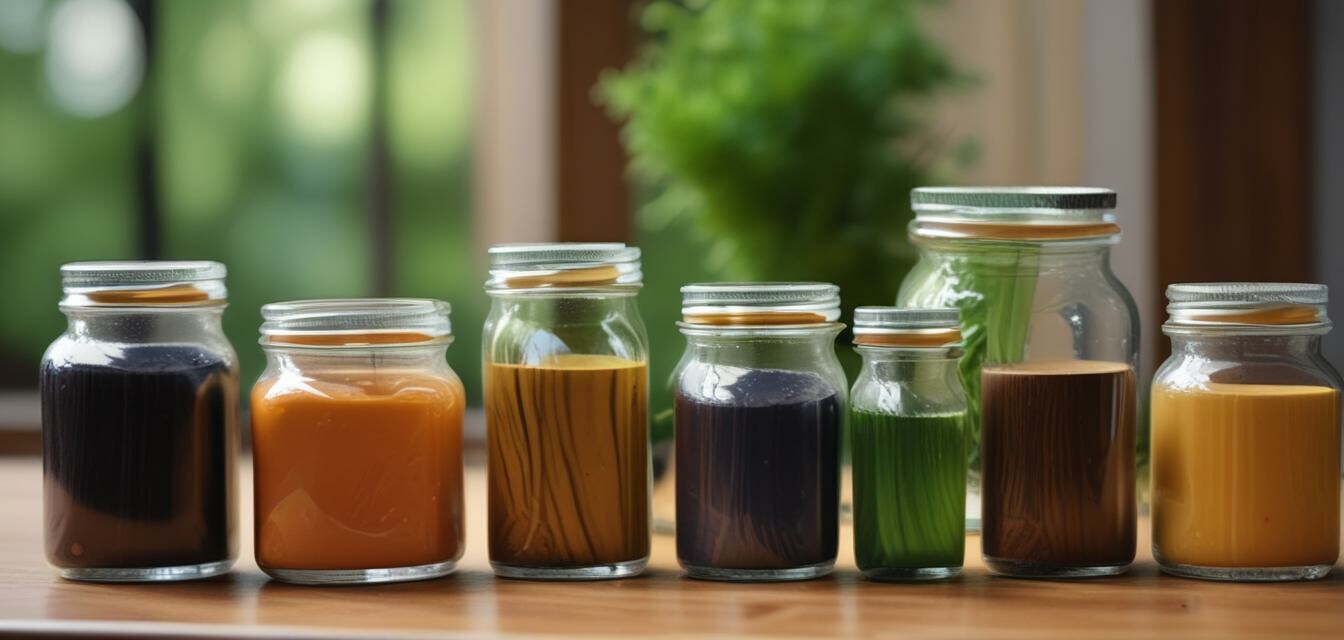
How to Choose Environmentally-Friendly Stains and Finishes
Key Takeaways
- Understanding the importance of eco-friendly products is crucial for sustainable woodworking.
- Water-based stains and finishes are often more sustainable than oil-based options.
- Look for certifications like Green Seal or EcoLogo when selecting products.
- Consider the specific needs of your wood project to choose suitable eco-friendly products.
When it comes to woodworking, the beauty of natural wood is enhanced with stains and finishes. However, traditional products can contain harmful chemicals that are detrimental to both your health and the environment. In this article, we will explore how to choose environmentally-friendly stains and finishes for your woodworking projects, ensuring that you preserve the beauty of nature while creating beautiful wooden pieces.
Why Choose Environmentally-Friendly Stains and Finishes?
Choosing eco-friendly stains and finishes helps reduce your carbon footprint and promotes healthier indoor air quality. Traditional wood treatments often emit harmful volatile organic compounds (VOCs) that can linger in your home for extended periods. By opting for environmentally-conscious products, you are not only protecting yourself but also contributing to a more sustainable planet.
Types of Eco-Friendly Stains and Finishes
| Type | Description | Environmental Benefits |
|---|---|---|
| Water-Based Stains | Made with water as a solvent, these stains have low VOC levels. | Safe for indoor use, quick drying time. |
| Natural Oil Finishes | Derived from natural sources like linseed or tung oil. | Biodegradable and less toxic. |
| Plant-Based Stains | Made with natural plant pigments, these stains are eco-conscious. | Non-toxic and renewable. |
| Shellac Finishes | Made from natural resins secreted by the lac bug. | Biodegradable and emits no VOCs. |
| Milk Paint | Composed of natural milk protein, lime, and pigment. | Completely non-toxic and biodegradable. |
How to Select the Right Eco-Friendly Stain or Finish
When selecting the perfect eco-friendly stain or finish, consider the following factors:
- Wood Type: Different wood types may react differently to various stains. Test on a scrap piece first.
- Desired Finish: Determine if you prefer a glossy, satin, or matte finish.
- Durability: Assess how much wear and tear the finished piece will experience.
- Application Ease: Some products may be easier to apply than others depending on your skill level.
- Environmental Certifications: Look for certified products to ensure they meet eco-friendly standards.
Popular Eco-Friendly Stains
Here are some popular eco-friendly stains that you may consider using:
Howard Clean-A-Finish for Wood, Upholstery, and Carpet
This cleaner effectively removes dust, dirt, and grime without disrupting the natural finishes of your wood surfaces.
Learn MoreTips for Applying Eco-Friendly Finishes
Once you've selected your eco-friendly stain or finish, follow these tips to ensure the best application:
- Prepare your wood surface by sanding and cleaning it thoroughly.
- Use high-quality brushes or rollers for an even application.
- Apply in thin layers, allowing sufficient drying time between coats.
- Always work in a well-ventilated area, even with low-VOC products.
- Follow the manufacturer's instructions for optimal results.
Beginner Tips for Sustainable Woodworking
- Start with small projects to build your confidence with eco-friendly products.
- Attend workshops or read about sustainable woodworking practices.
- Consider incorporating reclaimed wood in your projects.
- Explore DIY options for creating your own stains using natural ingredients.
Pros and Cons of Using Eco-Friendly Stains
Pros
- Lower toxicity and better indoor air quality.
- Biodegradable and environmentally friendly.
- Wide range of options to meet different aesthetic needs.
- Support sustainable practices in woodworking.
Cons
- May not provide the same durability as traditional finishes.
- Some products can be more expensive.
- Fewer color options compared to conventional stains.
Conclusion
Choosing environmentally-friendly stains and finishes not only contributes to a sustainable future but also enhances the charm of your woodworking projects. By opting for products with natural ingredients, you can protect both your health and the environment, ensuring that your craftsmanship respects nature's beauty. Now that you know how to make informed choices, dive into your next project with confidence!
For more resources on sustainable practices in woodworking, check out our articles on wood care and maintenance or explore our custom wooden projects.
